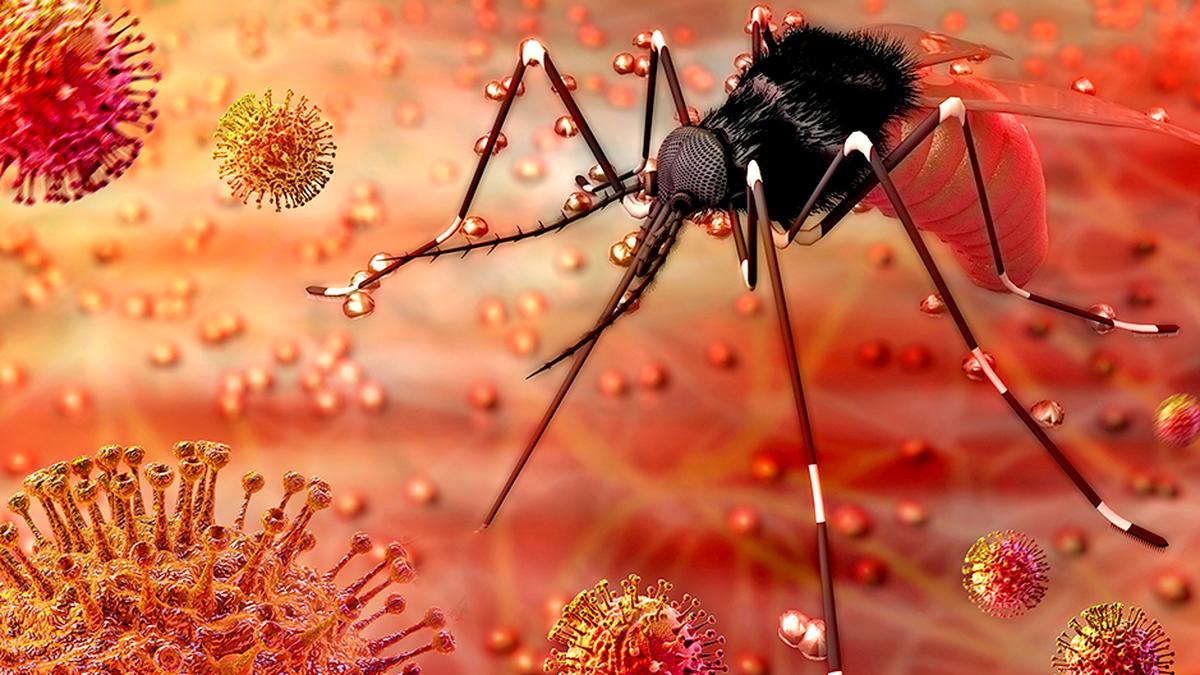This is lower than the World Bank’s $2.15 international poverty line based on the 2017 purchasing power parity.
According to a TOI report, the findings, presented in a paper by economists led by Sonalde Desai from the think tank NCAER, indicate a more pronounced reduction in poverty in rural areas, where the headcount ratio fell from 24.8% in 2011-12 to 8.6% presently. Urban areas also witnessed a decrease from 13.4% to 8.4%.
These estimates are slightly higher than those reported by SBI Research, which used the NSSO’s Household Consumption Expenditure Survey to calculate rural poverty at 7.2% and urban poverty at 4.6%.
In March, former RBI governor C Rangarajan and economist S Mahendra Dev estimated India’s poverty rate to have declined to 10.8% in 2022-23 compared to 2011-12, based on the HCES data. Niti Aayog CEO B V R Subhramanyam recently suggested that the poverty level could be below 5% based on preliminary estimates from the household consumption expenditure data released by the statistics office.
Poverty Report Card
The paper by Desai and colleagues also highlighted a substantial increase in food subsidies through the public distribution system and other benefits provided by various schemes implemented by the central and state governments.
However, the authors emphasize the need for a shift in the approach to social protection, focusing more on “accident of life” circumstances such as illness, marriage, and natural disasters, which can push individuals into poverty, rather than solely concentrating on circumstances of birth related to social identity or region of birth.
The study underscores the importance of addressing the vulnerability of those who may slip back into poverty due to unforeseen life events, despite the overall reduction in chronic poverty levels.
Also Read | $30 billion inflows! What India’s inclusion in JP Morgan Bond index means
The paper, presented at the India Policy Forum, utilized IHDS data from 2011-12 and 2022-24 to estimate that out of the 8.5% of the population classified as poor, 3.2% were born into poverty, while 5.3% fell into poverty due to “accident of life”.
The paper highlights the challenges faced by India’s social safety net approach, which involves identifying the poor and providing them with priority access to various social protection programs, including both in-kind and cash assistance. It emphasizes that the nature of poverty evolves with economic growth, making it difficult to accurately identify the poor.
Economic growth and poverty decline create a dynamic environment that necessitates adaptable social protection programs. The paper stresses that ensuring social protection systems keep pace with social transformation will be a key challenge for India in its pursuit of equitable development.
Also Read | China+1 strategy a success for smartphones? India fast bridging gap with China, Vietnam on phone exports
The paper emphasizes the importance of flexibility in designing effective programs that can adapt to changing circumstances. It cites the example of MGNREGS, noting that rights-based approaches that establish programs through legislative acts can sometimes create inflexible systems that fail to achieve their intended purposes.
To address these challenges, the paper proposes three principles for designing safety nets: universal programs for a limited set of basic safety nets, risk insurance, and incorporating flexibility and institutional frameworks.
The paper acknowledges the challenge of identifying and maintaining a limited core set of fully funded programs. It cautions against the massive expansion of programs without a corresponding increase in resources, as this would render the approach ineffective. The paper provides detailed reasons for advocating universal programs for a limited set of basic safety nets.






